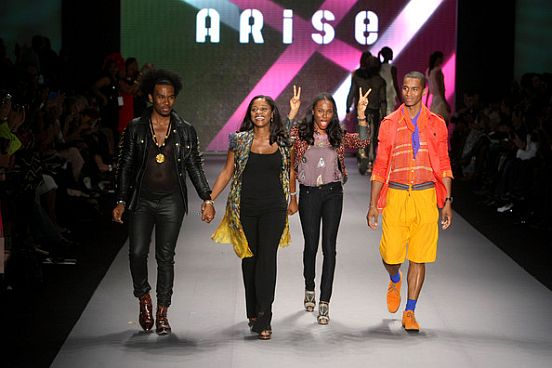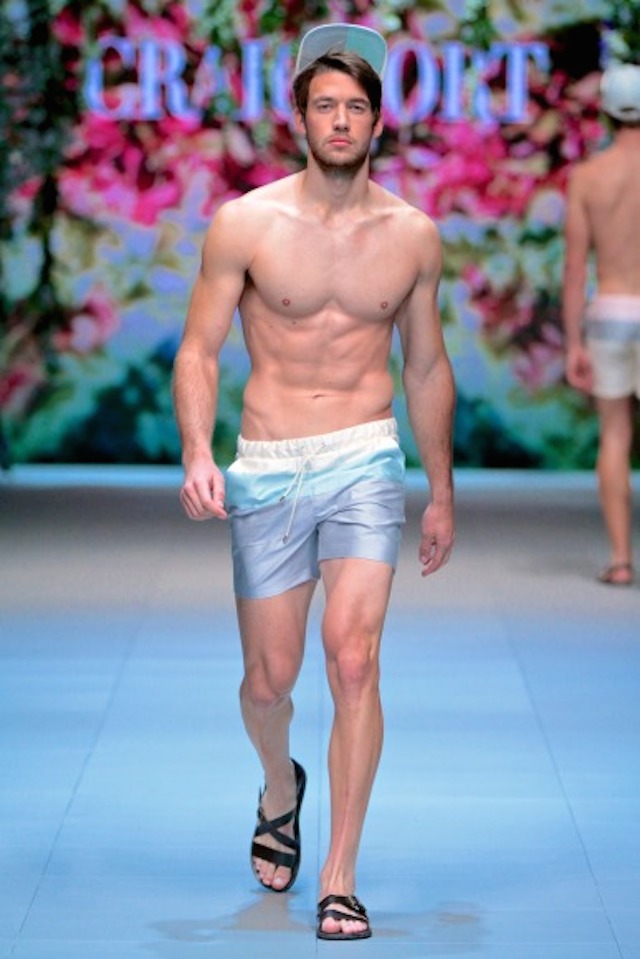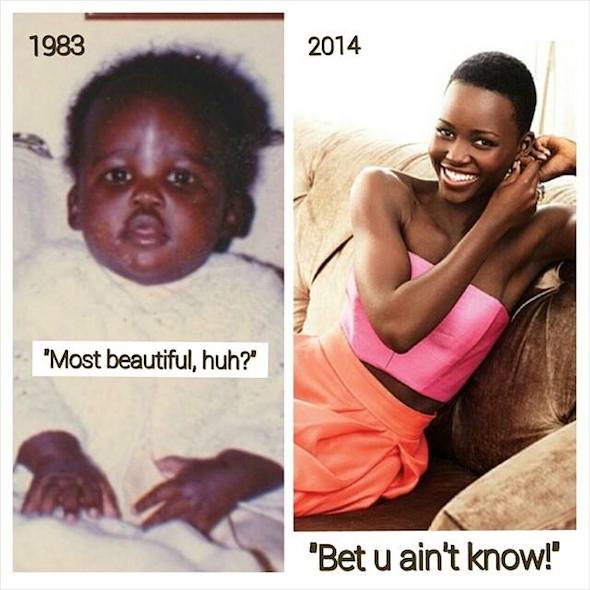 “What is the real interest behind Arise’s parading of African designers around the world?” . . . Ifashion.com writer Milisuthando Bongela ask? Bongela further tries to answer her main topic, “Is it Necessary for South African Designers to Show Abroad.” The author questions the benefit to designers that have shown abroad and ask about the cost and the lack of fashion insiders and buyers at the international platforms where African designers show. A good and provocative read.
“What is the real interest behind Arise’s parading of African designers around the world?” . . . Ifashion.com writer Milisuthando Bongela ask? Bongela further tries to answer her main topic, “Is it Necessary for South African Designers to Show Abroad.” The author questions the benefit to designers that have shown abroad and ask about the cost and the lack of fashion insiders and buyers at the international platforms where African designers show. A good and provocative read.
The bigger question for us at Ladybrillemag.com is, “is it necessary for African designers to show abroad?” From where we sit, “yes” if they are prepared and ready to handle the buyer demands that we hope international exposure ultimately brings. Obviously any step taken towards that end should be done prudently.
“I was at the Arise African Collective Fashion show in New York this year and was very impressed at the turnout but slightly nervous about the collections, because as much as I wasn’t sure how I felt about the whole thing, I still wanted the African designers to do well. I’d been attending the other shows as a spot marker for Video Fashion and had seen fashion editors of powerful publications and the most respected fashion journalists at most of the shows.
I got a “standing” ticket to the show, which I was grateful for because of my late application for accreditation, and as a result, got a better view of the front rows…which had not a single one of those highly respected journalists I’d seen at the other shows. I’m talking about Suzy Menkes, Cathy Horyn, Andre Leon-Talley and Anna Wintour.
At that moment, my gut-feeling was confirmed and I got an irritated lump in my throat. Then the questions started…were we Africans invited by IMG to show here? How did this come about? What are the financial returns for these designers? Are African designers now going to export their clothes to the US? I then noticed that the audience was strangely but not so strangely, very African. I’d been attending the shows all week and I could count the number of African Americans or black people in attendance. For this show, it looked like every single African in New York was there to support Africa. It felt good to see so many Africans, and to get a few “Sawubona’s” from strangers, but why were there so few of the people that make the global fashion industry go round? What were Black Coffee, Loin Cloth and Ashes and Deola Sagoe going to get from showing in New York? Were there buyers there to talk deals with them after the show?”
Read the full article here.
Founded in 2007, Ladybrille® Magazine is a California based pioneer digital publication demystifying the image of Africans in the west through contemporary African fashion and celebrating the brilliant woman in business and leadership, with an emphasis on the African woman in the diaspora. Our coverage includes stories on capital, access to markets, expertise, hiring and retention, sales, marketing, and promotions.






Ladybrille this post got me thinking today, i am with you on this one too. I really fully support Africa and African fashion designers, last year i attend a couple of fashion shows i asked the producers of the show if there were any buyers they said no,,,,,hhhhmmmm????
Secondly i think we have to keep pushing forward for more exposure, but it will make alot of difference if Anna Wintour and other renowned editors will attend our events to see some of the real talents we have. Arise is another example that offers great opportunities, will be looking out for Anna & Andre leon Talley during the Arise fashion week in Lagos….keeping my fingers crossed
The answers for each person would be determined by what their own SI unit for measuring “success’ is. If international exposure is what a designer craves, perhaps mere showing, whether or not fashion buyers are there, is enough (the designer that said they only came for fun, Bongela mentioned for instance). For those who have to see cash, the story will be different.
While the shows might not turn into cash, the exposure does raise the perceived value of the designer and that translates to better returns back home. I read an interview where Folake Folarin-Coker of Tiffany Amber said her label makes it’s money in Nigeria, and not internationally. She’s no newcomer, so she can afford it.
Take the amazing Nigerian designer Frank Osodi, whom I interned with for example, he gets lots of invitations to show but only takes a few. His reason? He believes that his clients come first and so he spends the bulk of his time meeting their needs. The needs of younger designers, like myself, are very different from those of the more established designers, so each designer has to be sure they are making the choice that works for them.
Anyway it goes, the fact that African designers are getting some form of attention can’t hurt.
http://www.gbemisoke.blogspot.com
I am with you on this issue.It is surprising how the peaople who are always saying Africa needs the support ,don't bother taking it further on behalf of Africa,but on the other hand don't you think they have tried to work with designers in the past and have found it difficult to get them to be more professinal and effecient with their designs in the long term.As a designer living in uk I sometimes try to introduce some quirky designs to my clients and most of the time they worry if its in fashion,or what people or tradition will think.mmmmm I could carry on.what I know Africa has talented people.